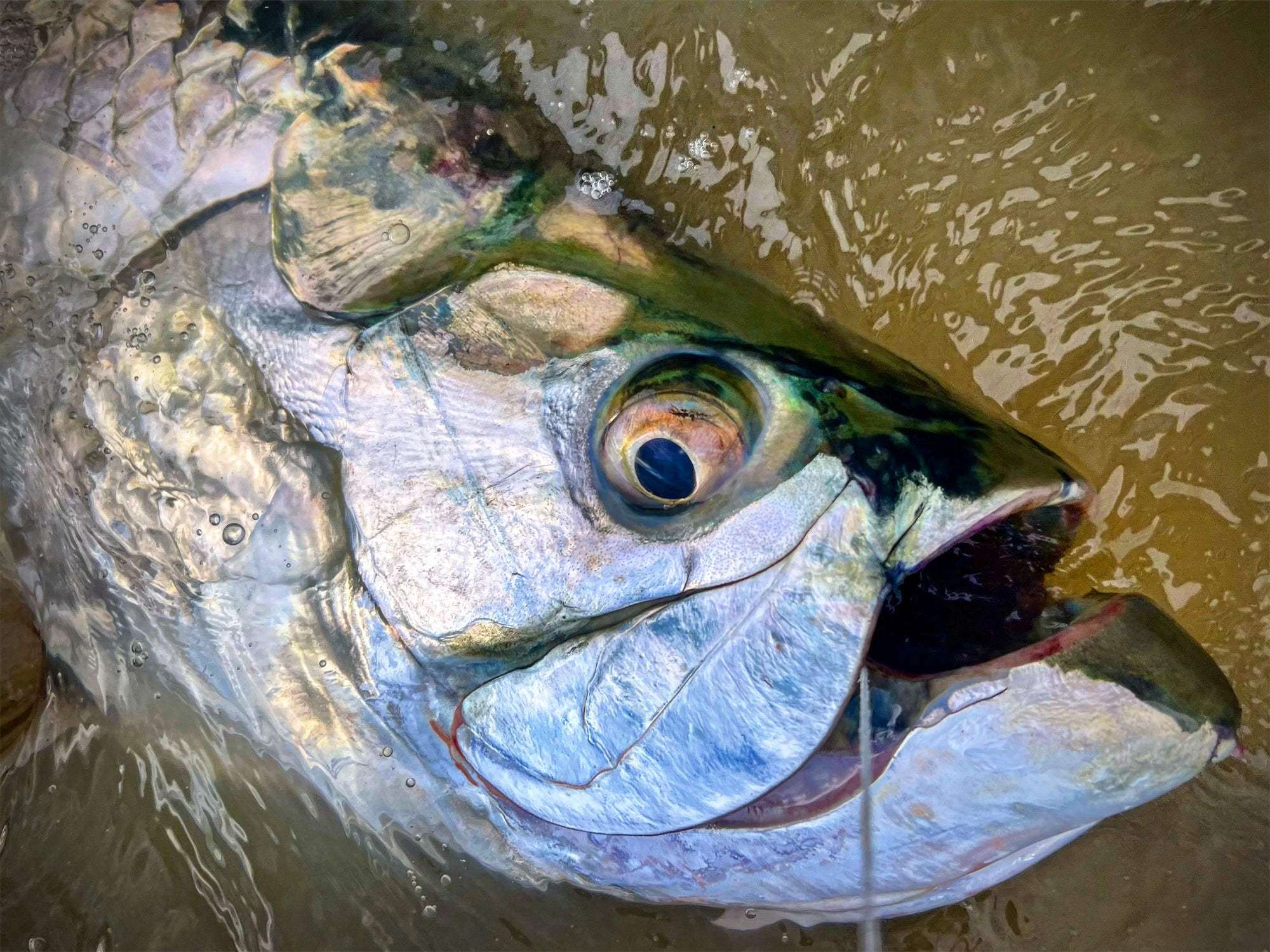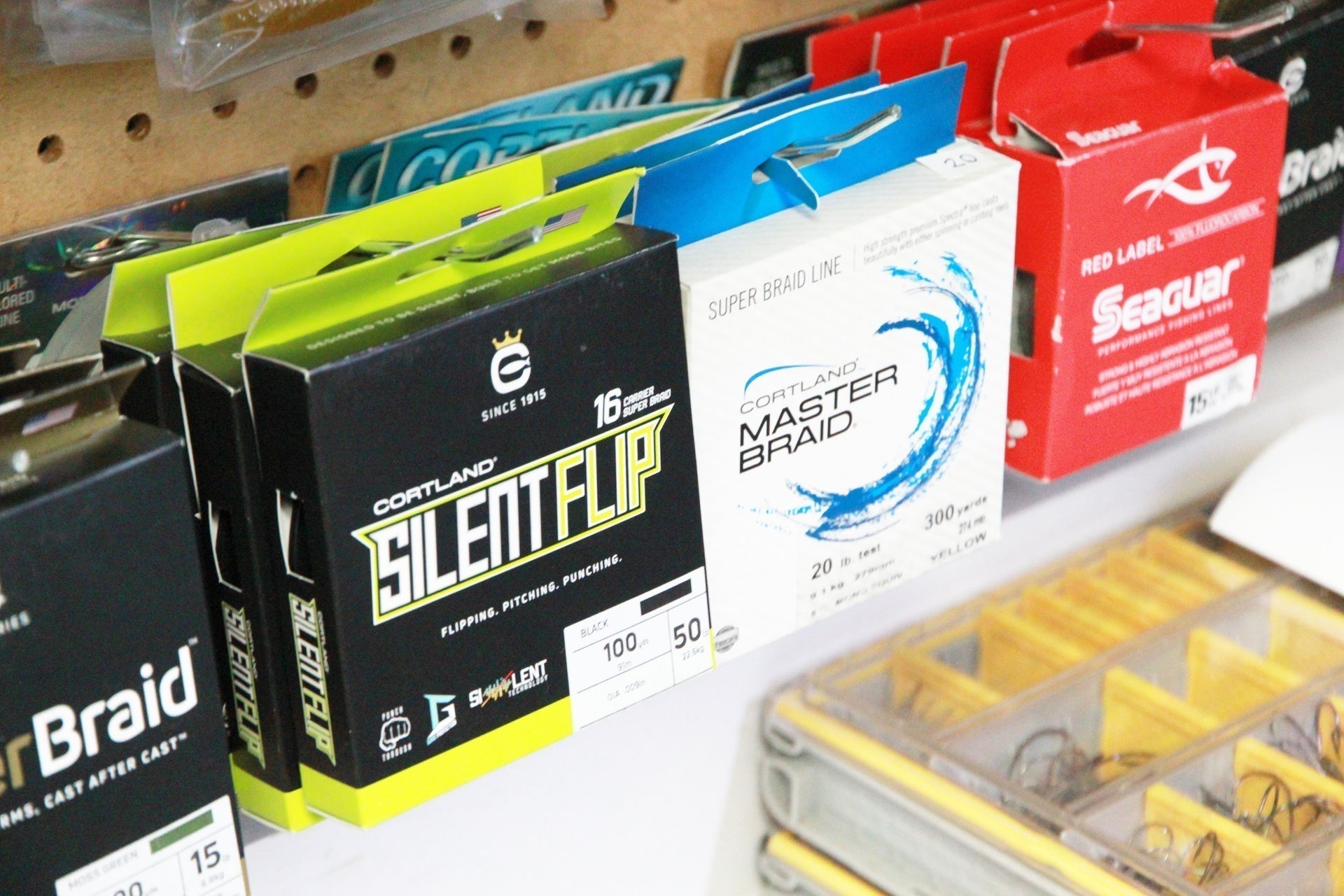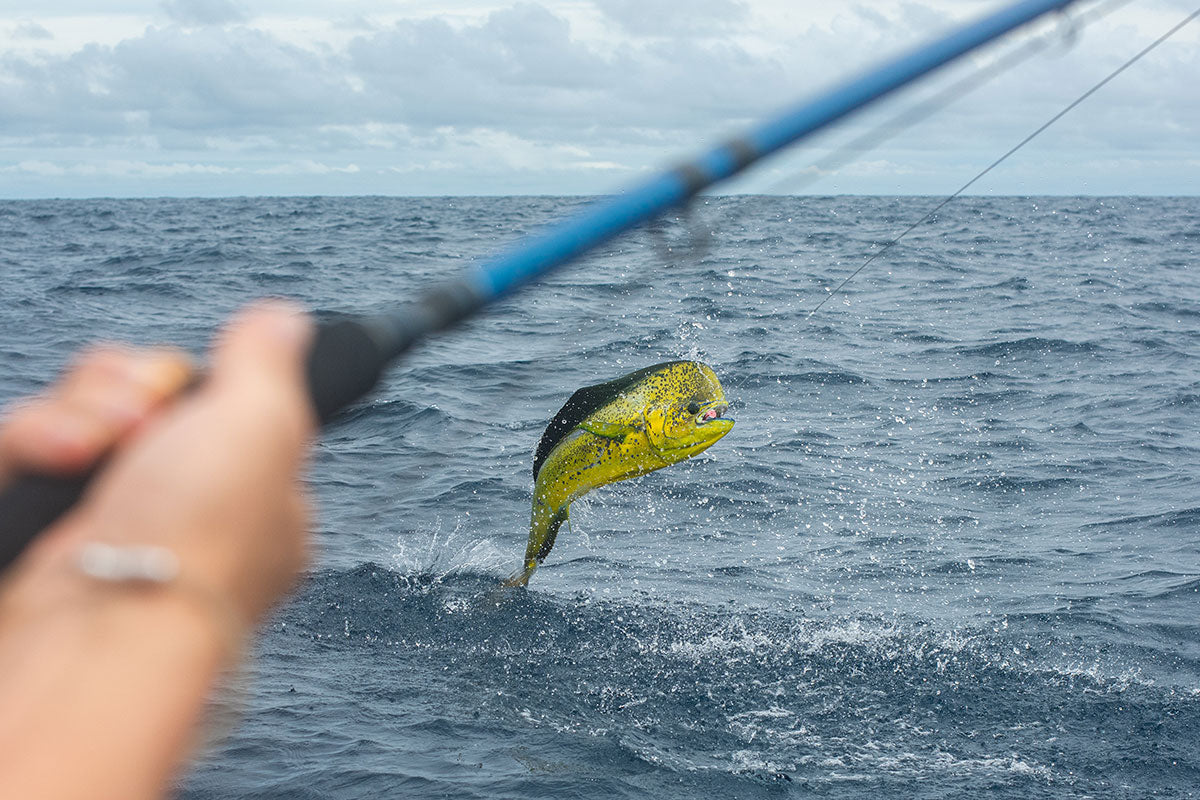Article Written by Ellie Reeves. Learn More About the author below / Article Read Time: 4 Minutes
Realistically, there was only ever going to be one answer when my friend and asked if I wanted to head in to the jungle to fly fish for tarpon.
Hell yes, of course I do.
Especially when it was billed to me as not just tarpon, but giant tarpon, more specifically “tarpon considerably bigger than you are”. Who could refuse the opportunity to catch a fish bigger than themselves?
I didn’t need asking twice.
My primary motivation behind the tarpon trip was as a celebration of life following a serious accident I’d experienced a decade prior. I had suffered a brain injury and statistically speaking I should never had survived, never mind recovered from it. But as a boss of mine once described me - I am relentlessly determined. And I was determined to recover.
I was in my mid 20s when the accident happened. Overnight I was rather rudely and unexpectedly catapulted from one life and in to a fearful new reality. A new life where I’d lost my independence and everything I knew at the time. To this day the reasons behind the accident remain unclear, but ultimately I was unconscious, outdoors for around 6 hours. In sub-zero temperatures… with a traumatic brain injury. I really shouldn’t have woken up that day. But I did. Two choices that evening saved my life. Firstly that I forgot my hat which allowed my injured brain to stay cool, and secondly that I wore a floor length, vintage rabbit fur coat which kept my body warm. This later became an important feature of my tarpon trip!

From then on, every year on the anniversary of waking up I do something a little bit out there in order to celebrate being alive. It was during the planning stages for this tarpon trip that I came up with the idea that wouldn’t it be cool to tie a fly from the rabbit fur coat and catch a tarpon on it for the ten year anniversary of my survival? So I cut up the coat, tied some Tarpon Bunny flies, packed my kit and we got on a plane to Costa Rica. In my case was my precious cargo of hand-tied survival-coat flies…

Until this point, the biggest fish I’d intentionally targeted on fly was zander. A ‘good’ fish weighs in the region of 15lb and a zander over 20lb would be a truly exceptional fish-of-a-lifetime catch. I’d also dabbled in pike fly fishing, but my real passions were large still-water fly fishing for these big zander, and river fishing for brown trout and grayling. To put it in to perspective, the largest fish I’d ever had on the end of a fly line was below 20lb in weight, and my go-to “big fish” rods were mere 9wts. Tarpon fishing was going to be a bit of a shock. I didn’t even own a rod heavier than a 9wt at that point.
Thankfully for me, the friend I was going with had much more experience with saltwater fly fishing. This made planning substantially easier considering how completely clueless I was! I eagerly took his advice on many aspects of my kit.
First came the rod choice. I took with me a TFO Bluewater SG 8ft 6 14wt, and a Hardy Zephrus Sintrix 9ft 12wt. These were paired with Tibor reels - a Gulfstream and a Pacific model. Each capable of holding a good 300yds+ of 100lb GSP backing.

I’m right-handed, but I heeded advise from a friend and I set the reels up to be right hand retrieve. Completely different to how I’d fish for any other situation back home. There was method to this madness, though. Whilst casting right-handed and retrieving line with my left, having a right hand wind reel may seem illogical. That is, until you get a take and the absolute chaos that ensues in the moments following the strike.
Tarpon run immediately and at such phenomenal speed that a hand anywhere near that reel handle on the take is going to have a bad time. I saw this first hand, if one excuses the pun, whilst in Costa Rica with a friend’s hand sustaining a nasty injury from the spinning reel handle as a tarpon rocketed off towards the horizon.
Setting up with a right-hand retrieve allows the handle to spin freely away from the body on the take, and keeps the rod in your dominant hand at the initial run. Then you can switch the rod to your left hand, and then use your dominant hand to do the hard work of reeling it in as the fish begins to (finally) slow down after the initial run.

Rigging the lines was fairly simple: 300+yds of backing. Fly line. Straight through to a hefty 125lb of shock tippet! This mirrors the way I fish in almost every fly-fishing situation. I like to keep my set ups simple. Really, really simple. The backing also had to be machine spooled on to the reel in order to avoid any crossed sections cutting in to the line when the fish ran, which would almost certainly result in the heartbreak of a lost fish and fly line. There were no fly shops in the jungle from which to buy a new line if the worst happened, so the small details in preparation were vitally important.
Lines wise, I was using predominately a Cortland Billfish Sinking line 600grain on the TFO Bluewater SG 8ft 6 14wt. The longer single piece cork grip on the TFO was a huge help when playing the fish, allowing me to place my hand further up the blank, and the longer butt section placing the reel at a much more comfortable position to fight the fish from. Comfort was a big deal in a prolonged fight once that initial adrenaline wore off!

The 50 lb braided core of the Billfish line, and the 125 lb tippet were a necessity to landing them in good time and prioritizing fish welfare. We were fishing in moderately deep coastal water, sometimes with a fast drift, so I found myself leaning towards using the sinking line rather than the intermediate line I’d also brought with me.
The bright neon orange tip of the Billfish line was extremely helpful in the muddy estuarine water, too. It was a great indicator that you’re almost about to meet your tarpon face to face… Usually just before the fish would surface, gulp air, and proceed to carry out another aerobatic performance before taking off like a freight train and stripping you straight back in to your backing again! It was at that point you become extremely glad for having a few hundred yards of quality backing, with the fish often giving half a dozen of these runs of a couple of hundred yards a time. Leaving you to slowly fight back your line over and over again in a gruelling battle of strength and will between you and a fish which massively outsizes you.

When I first arrived, the group I was fishing with were joking how someone barely 100 lbs in weight was going to manage to handle a fish which was likely to out-weigh me by 50% - many jokes were made about me going overboard as and when I’d hook my first tarpon! Thankfully, that did not happen - it’d appear that the hours I’ve spent in the mountains and at the climbing gym had put me in pretty good shape to fight back …and to hold on tight.
Every fish I hooked, I landed within 40 mins and suffered no broken fly lines. I did jump and lose one fish which landed on the tippet - snapping it clean off, and with every fish I landed the 125 lb tippet material was shredded as though sandpapered by the fish’s mouth, making it clear that 125 lb was certainly by no means excessive.

The sheer size and power of these fish was completely astonishing.
Literally nothing prepares you for how strong these fish are, and how hard they fight. Nothing at all. The initial take is sheer pandemonium. Followed by the flood of adrenaline as the line screams off the reel, your grin wraps around your face and the fish torpedos away from the boat. No amount of drag is going to stop it when it takes off like that. Just a battle of wills between you and the fish - seizing each opportunity to inch back every meter of line, slowly but surely. You are in genuine, physical pain by the end. Your knees are bruised, your shoulders ache and muscles burn with the physical effort involved. But trust me when I say it is completely worth the effort.

Tarpon fishing will change your life. There are simply not enough words to explain to someone who’s never felt that intense and magical moment when you hook up to one of these giants. When you’re attached to a prehistoric monster by a few hundred yards of line, it’s an almost spiritual experience. Just you and the fish locked in some sort of physical and psychological battle.
I’ve been home for three months now, and I still think about tarpon every single day.
…and yes, I did it. I caught and landed a tarpon using one of the flies I had tied using the very same fur coat which had saved my life ten years before. Leaning over the boat with the biggest grin on my face, I thanked my fish, let go of his tail and watched him swim away.

I hugged my friend.
Relentlessly determined.
I’d really done it.
About the author
I’ve always loved fishing.
It began with my grandfather taking me fly fishing for stocked rainbows when I was young but it took until my late 20’s to really get in to fly fishing and fly tying properly. Now I’m strategically located a short drive from my local chalkstream, providing easy access to my target species of brown trout and grayling.
When not on the chalk streams you can find me fly fishing large still waters for zander, climbing mountains or dreaming of tarpon and planning my next adventure!


